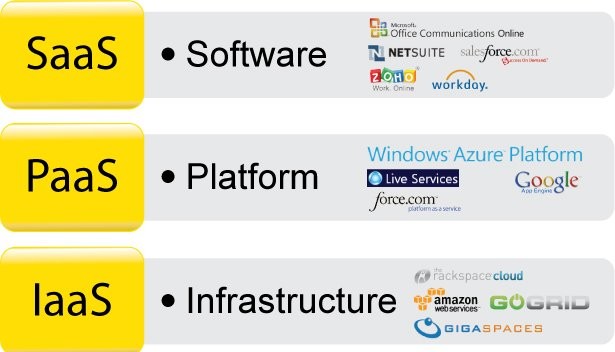
Evolution of IT Infrastructure
The IT infrastructure in organizations today is an outgrowth of over 50 years of evolution in computing platforms. There have been five stages in this evolution, each representing a different configuration of computing power and infrastructure elements. The five eras are general-purpose mainframe and minicomputer computing, personal computers, client/server networks, enterprise computing, and cloud and mobile computing. Technologies that characterize one era may also be used in another time period for other purposes. For example, some companies still run traditional mainframe systems or use mainframe computers as massive servers supporting large Web sites and corporate enterprise applications.
General-Purpose Mainframe and Minicomputer Era: (1959 to Present)
The introduction of the IBM 1401 and 7090 transistorized machines in 1959 marked the beginning of widespread commercial use of mainframe computers. In 1965, the mainframe computer truly came into its own with the introduction of the IBM 360 series. Mainframe computers became powerful enough to support thousands of online remote terminals connected to the centralized mainframe using proprietary communication protocols and proprietary data lines.
Personal Computer Era: (1981 to Present)
Proliferation of PCs in the 1980s and early 1990s launched a spate of personal desktop productivity software tools—word processors, spreadsheets, electronic presentation software, and small data management programs—that were very valuable to both home and corporate users. These PCs were stand-alone systems until PC operating system software in the 1990s made it possible to link them into networks.
Client/Server Era (1983 to Present)
In client/server computing, desktop or laptop computers called clients are networked to powerful server computers that provide the client computers with a variety of services and capabilities. Computer processing work is split between these two types of machines. The client is the user point of entry, whereas the server typically processes and stores shared data, serves up Web pages, or manages network activities. The term “server” refers to both the software application and the physical computer on which the network software runs. The server could be a mainframe, but today, server computers typically are more powerful versions of personal computers, based on inexpensive chips and often using multiple processors in a single computer box., or in server racks.
Enterprise Computing Era (1992 to Present)
In the early 1990s, firms turned to networking standards and software tools that could integrate disparate networks and applications throughout the firm into an enterprise-wide infrastructure. As the Internet developed into a trusted communications environment after 1995, business firms began seriously using the Transmission Control Protocol/Internet Protocol (TCP/IP) networking standard to tie their disparate networks together.
Cloud and Mobile Computing Era (2000 to Present)
The growing bandwidth power of the Internet has pushed the client/server model one step further, towards what is called the “Cloud Computing Model.” Cloud computing refers to a model of computing that provides access to a shared pool of computing resources (computers, storage, applications, and services) over a network, often the Internet. These “clouds” of computing resources can be accessed on an as-needed basis from any connected device and location.
There are approximately 2 billion PCs in the world today, 2,000 government data centers, and an estimated 8,000 corporate data centers and cloud computing centers.
Is your firm behind the technology curve or at the bleeding edge of information technology? Both situations are to be avoided. To take advantage of the business value associated with the Internet, firms must greatly expand their Internet connections, including wireless connectivity, and greatly expand the power of their client/server networks, desktop clients, and mobile computing devices.
References: Management Information Systems: Managing the digital firm, Kenneth C. Laudon, Jane Price Laudon.
Join us on twitter: @veilinstitute



--
10moExcellent.